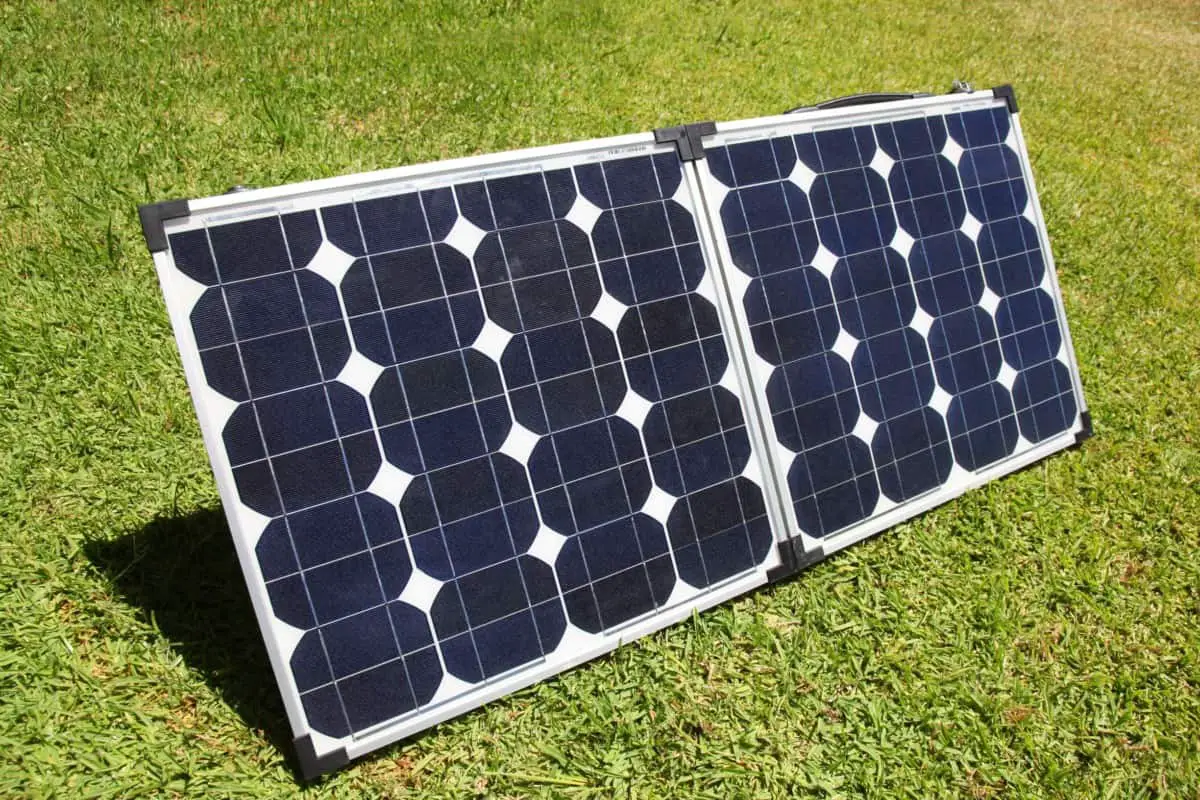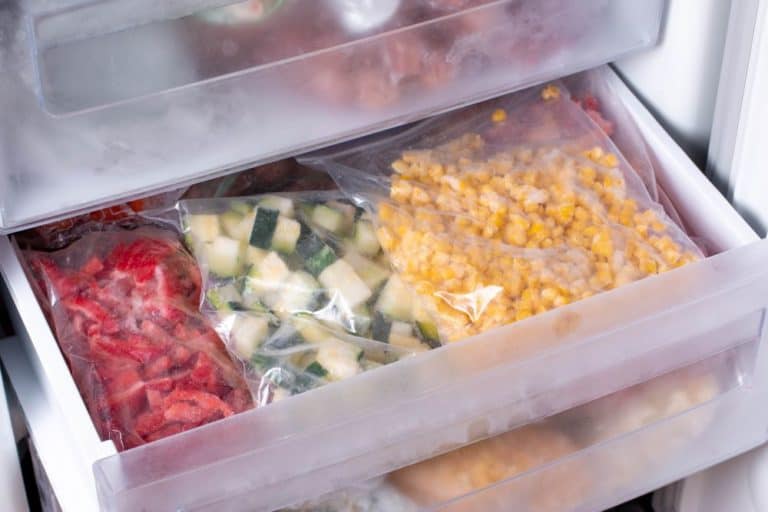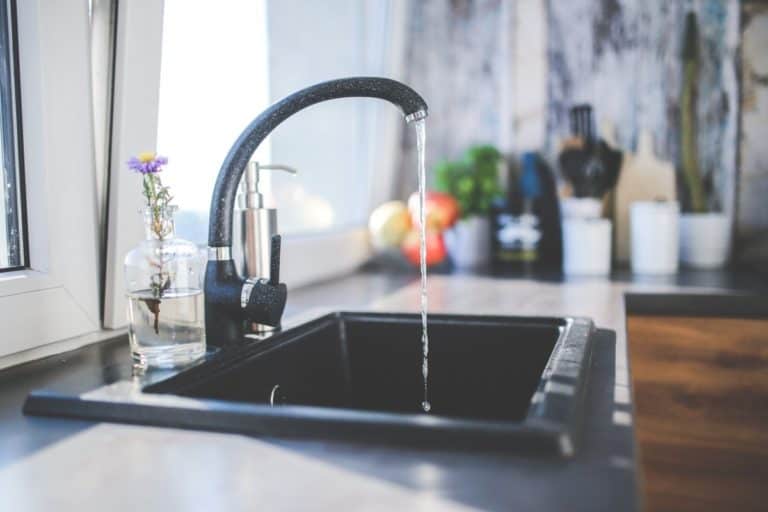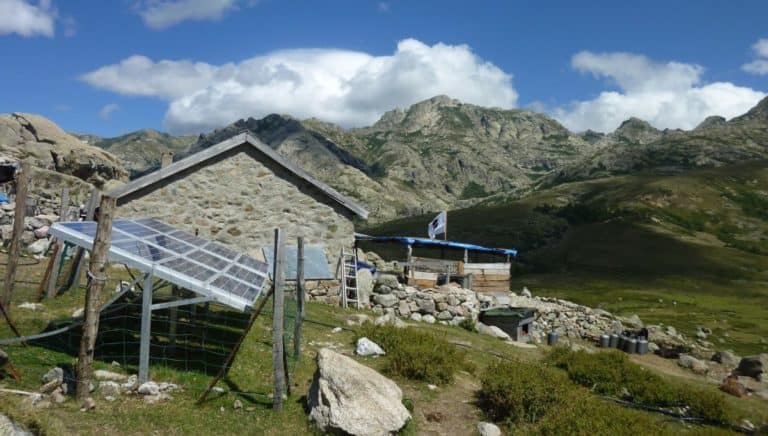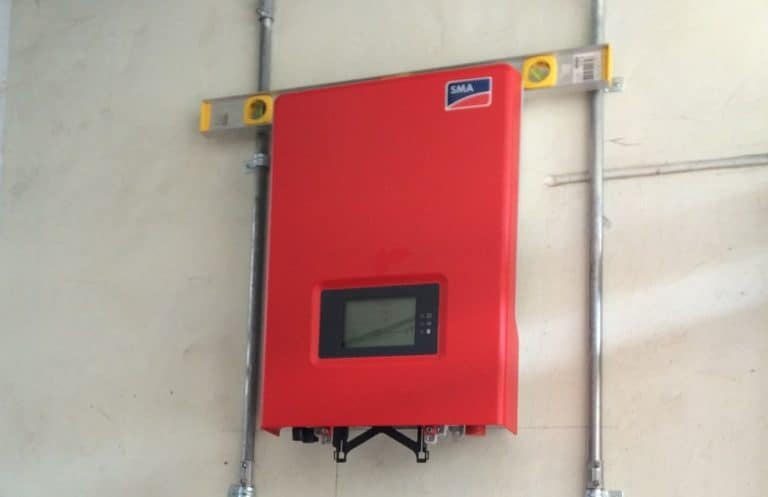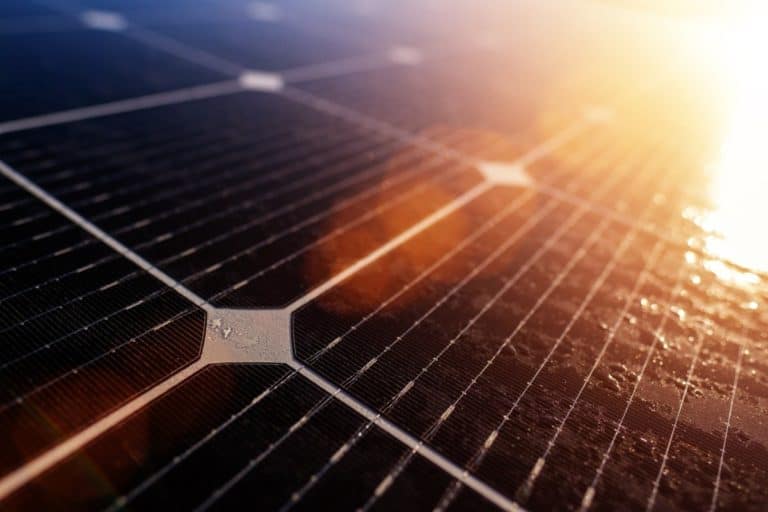17 Things You Can Do With a Small Solar Panel
Large solar arrays are often used to supply homes and businesses with electricity, but what can you do with the small ones? Are they useful or just a gimmick?
A small solar panel is a convenient, inexpensive way to use solar power. With only a little technical know-how, you can charge batteries, heat water, boost your internet signal and even provide power to RVs, boats, gardens, campsites, or workshops.
With some creativity and out of the box thinking, you will be surprised at the possibilities offered by a 10 -150w solar panel. This list has a range of creative ideas to inspire you and introduce you to the power of small panels.
To get my recommendations for the best small solar panels, check out: Solar power equipment for your off-grid home.
Table of Contents
What is a small/portable solar panel?
A small solar panel is usually designed not to be used on an extensive home solar system but for other uses. Most involve charging batteries to power small appliances and devices. Because they are smaller, they often have a harder wearing frame and may have an adaptation to make them more portable.
Most small solar panels can be bought in one of four types:
1. Standard rigid panel
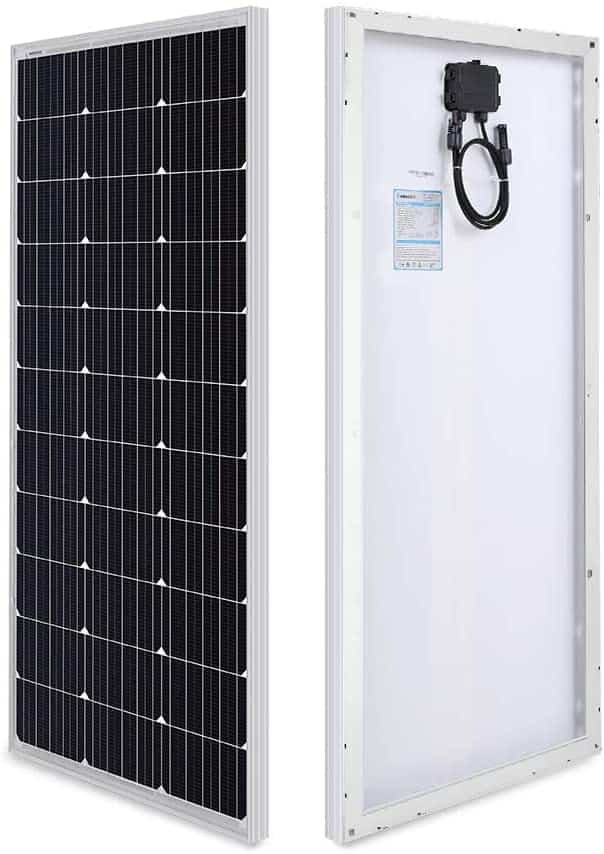
These look most like the panels you see on rooves but smaller. They are rectangular and often have an aluminum frame. Designed to be mounted or freestanding, they sometimes come with a fold-out stander and a set of brackets. These are portable because of their size and occasionally can be folded in half and carried with a simple strap.
You can find them with a range of different power capabilities from 10watts to 100watts. A 10w panel is usually about 7 inches by 9 inches, and a 100w panel is approximately 40 inches by 20 inches. A single 100watt rigid panels can often be bought for less than $120 and $150 as part of a kit.
Renogy produces some of the best smaller units and you can get this 100watt panel from ebay.com for about $106.
2. Flexible panel
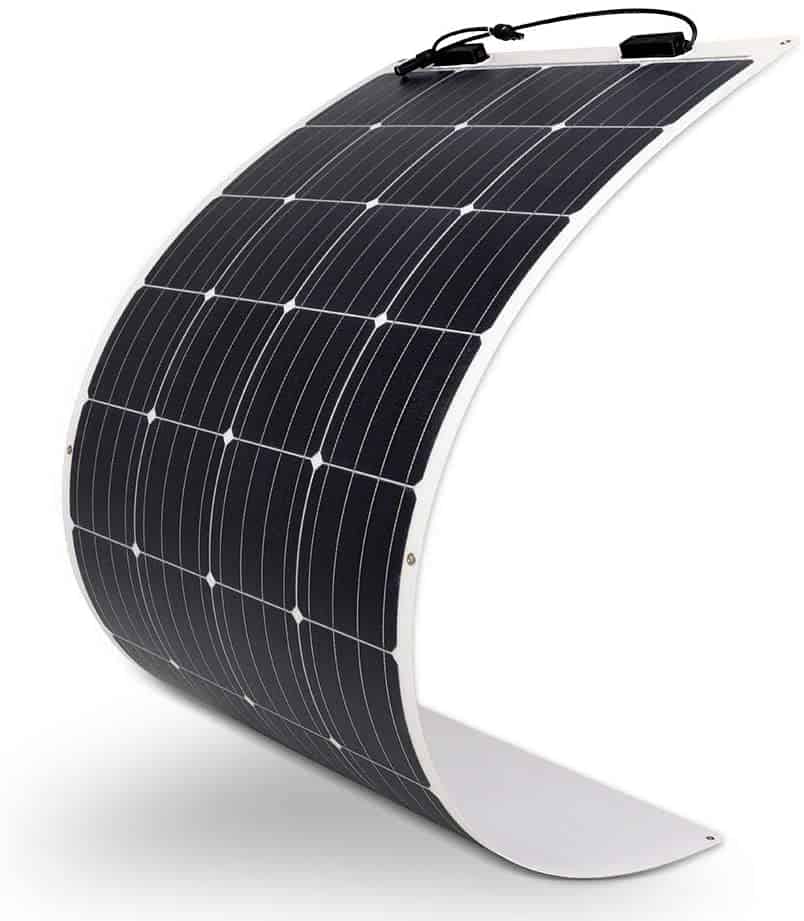
These are made with thin-film so they can gently bend around a curved surface. They are ideal if you want to add small panels to RVs and boats without having to install a frame.
The trade-off is that currently, most thin-film solar panels are less efficient than those made with rigid materials like monocrystalline silicon and polycrystalline silicon.
Because they are lightweight, these can be taken anywhere but are most often fixed to a surface rather than carried around. However, some are designed to be rolled up so they can be stored in your rucksack.
They are usually about 100w to 160w, but you can find larger ones for bigger systems. A 100w flexible panel can measure 40 inches by 25 inches and costs around $120.
Renogy also makes flexible panels and this 100watt flexible panel is about $240 on eBay.
3. Fold up portable system
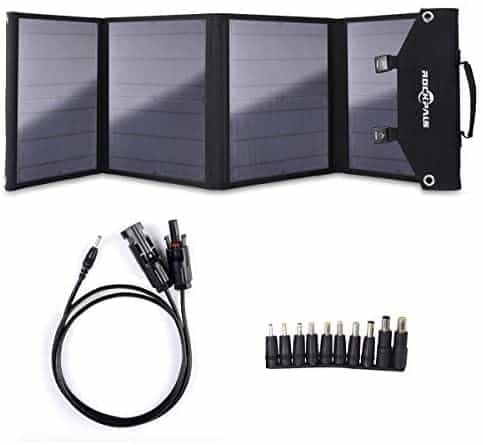
These are sets of 4 or 5 panels linked together and held in a large foldable wallet. They are designed to be carried and then folded out when you need to run or charge a device.
This style is the most portable because when they fold up, the surface of the panel is protected. Most use a thin-film solar panel, so they aren’t damaged if they get bent, but a few are of rigid construction.
You can find these systems from about 20watts to 220watts. A 100watt set measures about 20inches by 15inches folded and folds out to be 60inches by 15inches. They range in price from $60 for 20w to $300 for 220w.
The ROCKPALS Foldable 60W Solar Panel Charger is an excellent set of folding panels available from Walmart that can be taken with you wherever you go.
4. Mini panels
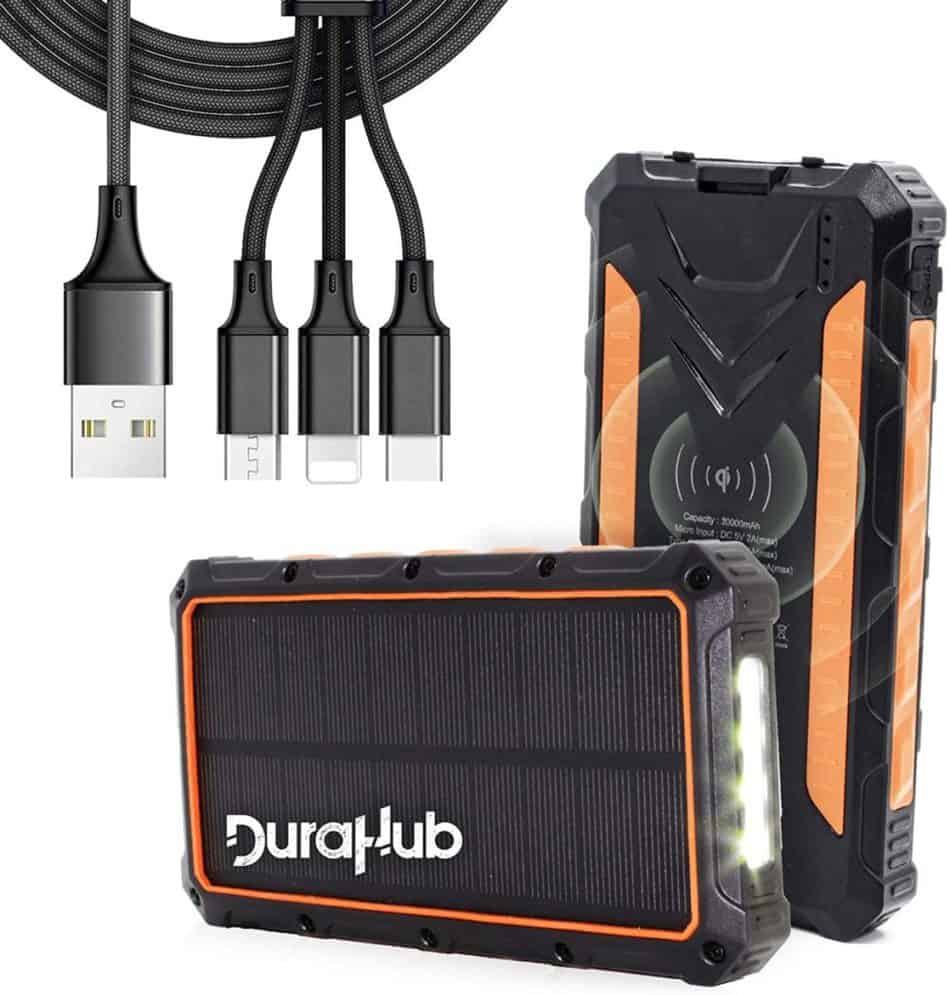
These are among the smallest available and are usually about the size of a large mobile phone. Some are just single panels, but you can also find foldable ones that open out into several panels.
They are most often used to charge up mobile devices and come with a built-in battery pack. This style can often keep recharging your phone all week from one full charge of the solar battery.
They can measure 4inches by 6 inches or if they fold out 16inches by 6 inches. A rugged, waterproof kit with a built-in battery will cost between $30 and $60.
This DuraHub USB Battery Bank is a sturdy, solar-powered battery to keep your phones and mobile devices charged.
Benefits of small/portable solar panels?
It’s easy to discount these small solar panels as not being very useful. In fact, despite their size, they can be an excellent source of renewable power. Here are a few reasons why you may find them useful:
- Portability – They can be light and portable. Some of the larger rigid panels are still quite heavy, but they can include handles to make them easier to carry, and most can fit in the trunk of a standard family car.
- They work in remote areas – If you’re going camping or live in a remote area, a small solar panel can be set up quickly to charge your batteries, warm your food, run your lights or heat your tent.
- They are surprisingly powerful – A small solar panel may be all you need to run several appliances. You will be surprised at how much power a small solar panel in direct sunlight can produce.
- They are a renewable energy source – Solar power is an abundant source of clean energy. Even though you won’t always have strong sunlight, many panels only need an hour or two to provide enough power to charge a small battery pack.
- They are cheap to run – Once you’ve bought your kit, it is unlikely you will need to spend anything else. With a generator, you have to buy it and then keep topping it up with fuel. A solar panel gets its power from sunlight, which, despite not always being present, is always free.
How much can you run from a 100w solar panel?
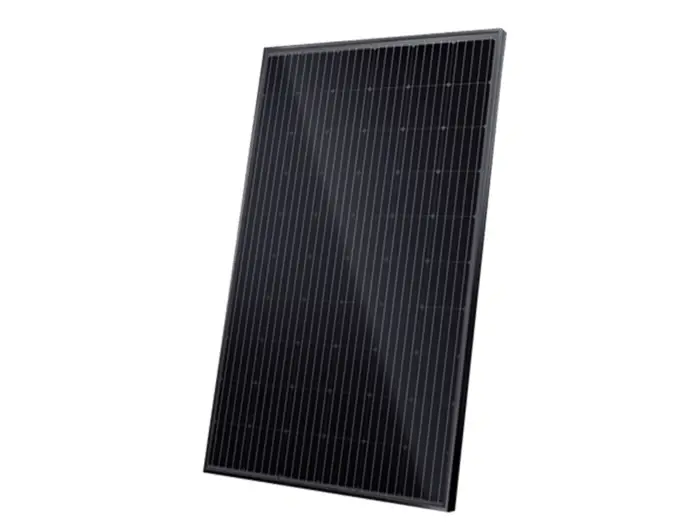
How many appliances you can run on a 100w system, and for how long depends on several variables:
The efficiency of your system: A 100w panel will rarely deliver the full 100w. You can usually expect to reach 70w or 80w from a 100w panel.
How much sunlight you get in your area: Finding out the average amount of full sun you can expect where you are will tell you how many hours a day you can expect your panel to generate electricity.
For example, if you get a minimum of 4 hours of sunlight a day and your system can produce 70watt hours:
4 x 70 = 280wh
you can expect 280 watt-hours per day.
For 280 watt-hours, in one day, you could; charge a laptop for an hour, charge a tablet and a smartphone for 2 hours each, watch cable TV for an hour and run a ceiling fan for an hour.
These are just estimated values, but you can run a surprisingly large number of items from one panel. These are also standard household items, so if you use lower power appliances, you can get a good deal more from them.
This video talks you through this calculation in more detail:
How to set up a small solar panel system?
Setting up a small solar panel system is deceptively simple. In most situations, you will only need the panel, a charge controller, and a battery. However, many portable panels have these elements built in to make the process even simpler.
How you need to set up your panel depends on what you want to use it for, but this simple set up is an excellent example of how straightforward it can be.
17 things to do with small solar panels
The unique portability and versatility of small solar panels make them suitable for several uses. Some of which you may find surprising:
1. Run a beer cooler
Cold beer on a hot day must be the ultimate use of a solar panel. There is a beautiful synchronicity that the sunlight that makes the beer so necessary, is also responsible for chilling it.
You can get beer coolers with panels built into the lid, or you can hook up your portable panel to a charge controller, a deep cycle battery, and run your electric cooler from it.
2. Charge a power pack
Battery power packs are a great way to charge your phone, hook up lights, or run a large number of appliances. Often, they can be charged by a diesel generator, but by using a solar panel, you can take the panel with you and keep recharging it whenever necessary.
3. Run electricity in an RV
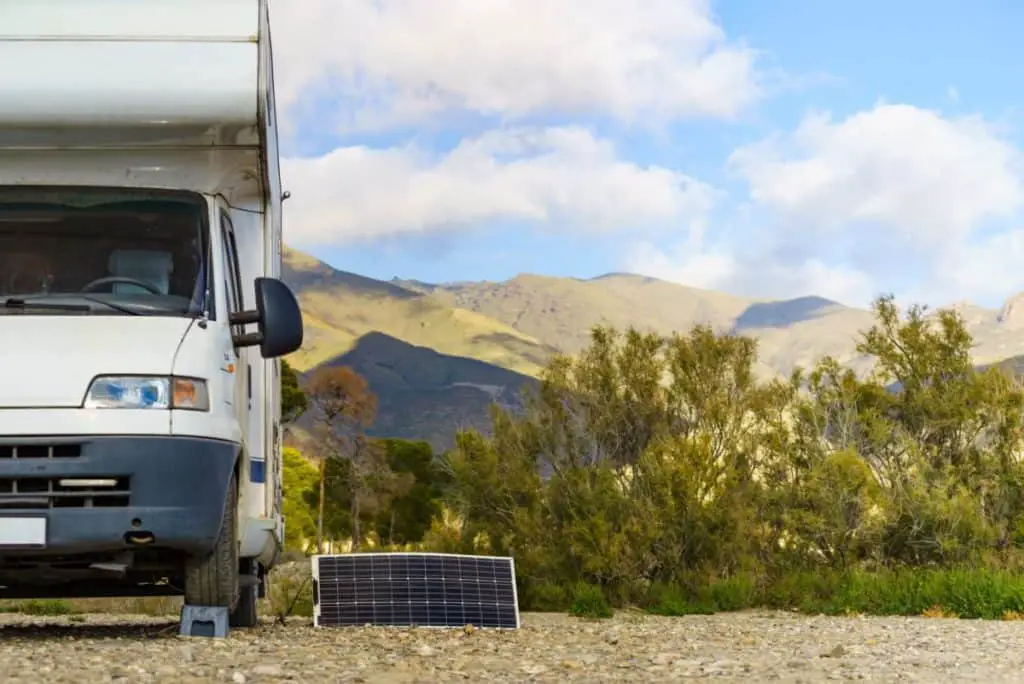
In a similar system to the power pack, solar panels can be fitted to your RV and hooked up to some deep-cycle leisure batteries. If you choose low power lights and appliances, even just one 100w panel will likely give you enough power for more than you expected.
For this setup, you may want to install a rigid or flexible panel to your roof. This way, you can charge your batteries as you drive to your next destination. If you prefer, you can use fold-out systems can be set up once you’ve reached your destination.
4. Run electricity in a boat
Like in the RV, a single solar panel can run a broad range of your appliances. Usefully, many boats are already fitted with batteries and a system of appliances selected for their low power ratings. Boat batteries are designed to be charged when you run the engine.
This is fine if you’re regularly on the go, but many people prefer to remain at their mooring for an extended period. Solar gives you a way of keeping your batteries topped up without starting the engine and using fuel.
5. Charge tools in a shed or workshop

Adding solar power to your workshop opens up endless possibilities. You can quickly get started with a small 40w panel to charge up a couple of power tools, or you can take it further with a full array.
When installing a solar panel in your shed, you will likely need to add an inverter to your system. An inverter converts DC power from your panels into AC like that found in your home sockets. This will allow you to supply electricity to your usual tools and their chargers.
6. Build a moving toy car
This is one of the most inventive items on this list. For this, you don’t want a completed portable solar panel but a single photovoltaic cell or mini panel. They are much cheaper than the commercially available panels and are sold as hobby components. You should be able to get one for this project for less than $2.
7. Replace your generator
If you use a diesel or LPG generator in your home to charge a battery bank, you may be able to save some money by adding a solar panel to the system. It is getting rarer, but generators are occasionally used as the primary method of powering an off-grid home. Running them periodically charges up a battery bank, which is then used to power many of the home appliances.
If you have a system like this, a solar panel can be added to the system to charge up the batteries. During Summer, this may replace your generator entirely or at least reduce your overall fuel bill. While a complete solar array will do this best, even a small portable panel may reduce your reliance on your generator to some degree.
8. Heat water
Any appliances that heat or cool, typically draw more power than anything else. However, a small solar panel can still be used to control a simple heating element. This can then heat water for several uses. This is a great way to reduce your reliance on propane or similar fuels when camping or hiking.
9. Camping
Foldable solar panel systems are ideal for camping. With a panel, a battery, and some low powered devices, you can add a touch of luxury while maintaining a connection with nature. With a set up like this, there is no need for an electric hook up. This frees you up to try wild camping without having to give up on your home comforts.
A portable solar panel can provide light, fans, heaters, and even computers or televisions. When camping is this good, why come home?
10. Charging mobile devices
With recent advances in mobile technology, we’ve become more reliant on technology than ever before. However, as our phones and devices have advanced, their battery lives have shortened. A small solar charger can provide a compact solution to this. Even a tiny system can charge your phone for about a week without needing to be plugged into the grid.
Small panels devoted to charging mobile devices are readily available but if you prefer you can have a go at making your own:
11. Run a lawnmower
Cordless, electric lawnmowers are a significant step forward; they are quiet and remove the chance of your mower blade slicing a cable and encountering 120volts. If you are skilled with electronics, you can convert a gas-powered mower into a cordless battery-powered machine.
If you’re not quite up to that challenge, you can hook up a small panel with a battery and an inverter and use it to charge up a battery-powered mower.
12. Make a powered paddleboard
The portability of a small solar panel makes it suitable for many surprising uses. In this video, a dad uses a solar panel and some other recycled components to turn a stand-up paddleboard into a solar-powered boat.
13. Recharge your electric bike
Electric bikes are excellent if you have a long way to go or just like to get around without having to peddle. However, if you have to plug them into the grid to charge them up, they aren’t as convenient.
A foldable solar panel system can fully charge an electric bike in less than 90 minutes where ever you are. Instead of cutting your journey short, you can just stop, open up the solar panel and charge your bike at the side of the road.
14. Solar-powered WiFi repeater
If you want to be able to access your home internet connection from outside or at the bottom of your garden, you can use a solar panel to set up a WiFi repeater with no need for long cables. You can buy specially designed solar wireless repeaters, which will pair with your WiFi hub and allow you to connect to it from further away. Because the unit can be powered by a small portable solar panel, you’re not restricted to wherever you can lay a power wire.
15. Run a low powered AC unit
Most air conditioning units use large amounts of electricity and would require a full solar array to work for more than a few minutes. However, because of the growing popularity of off-grid solar systems, there have been significant advances in producing low power appliances. Now, some units can provide a cool environment from a 100w panel or less.
16. Illuminate your outdoor area
Using a small solar panel to run outside lights is a great way to give you better access to your yard. If it’s properly illuminated, you can make use of it in the evenings and even install outdoor kitchens and hot tubs.
Solar is great for low powered, gently illuminating lights, which will add to the atmosphere. If your main concern is security; solar-powered floodlights are a great way to put off intruders and enhance your family’s safety.
17. Solar-powered water feature

Another great way to use solar power to enhance your outdoor area is with a solar-powered water feature. Some small features come with panels built-in, but for larger pumps, oxygenation pumps, and sprinkler systems, you can use a small solar panel.
You may also be interested to read: How many solar panels do I need to run my home off-grid?
Conclusion
The versatility of a small solar panel is genuinely incredible. Remember, with solar power; you don’t need to spend thousands of pounds on a 10kW system; you can reap the benefits from as little as 10watts of solar power. The sun is a free source of renewable energy, what’s not to like?
Check out my recommendations for equipment that will help you take your home off-grid.
My Off-Grid Product Recommendations
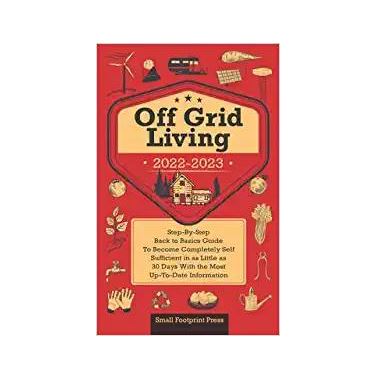
Useful Book: Off Grid Living 2022-2021 – This incredible step by step guide is a great read and gives you useful information about reaching self-sufficiency in just 30 days. Get the paperback on Amazon or read it free with a Kindle Unlimited subscription or listen to the audio version with Audible Plus membership.
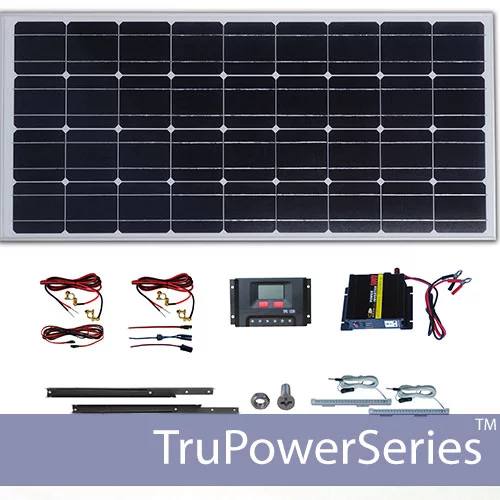
Small Solar Panel Systems: Silicon Solar – This is an excellent company that offers lots of products to get you started on your solar journey. Visit Silicon Solar.
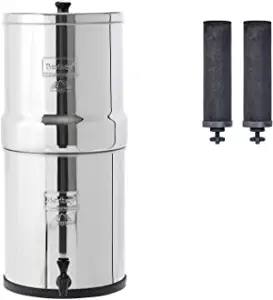
Family Water Filter: Big Berkey – For a fast, affordable water filter with no plumbing required, you can’t beat a Big Berkey gravity-fed filter like this one from Amazon.
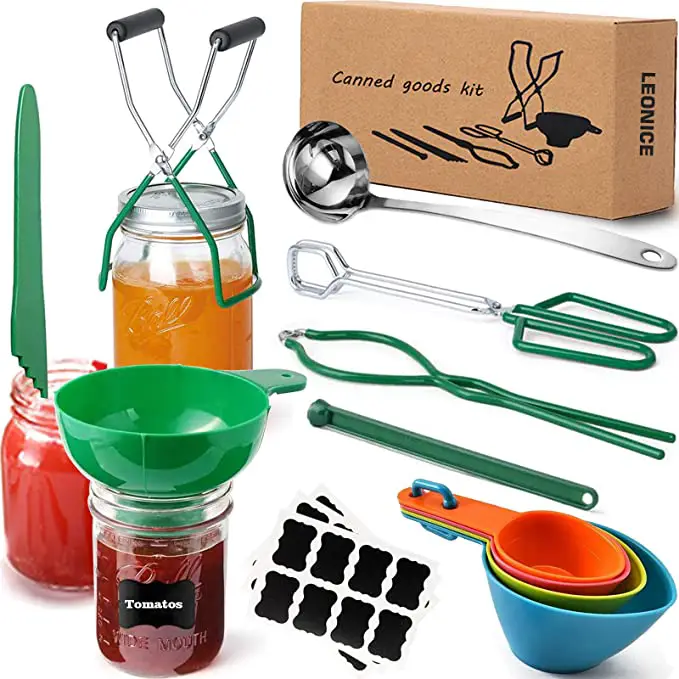
Canning Equipment – This canning starter kit, 22-quart Barton pressure canner and twelve-pack of Ball 16oz mason jars will help you preserve food as you work towards self-sufficiency.
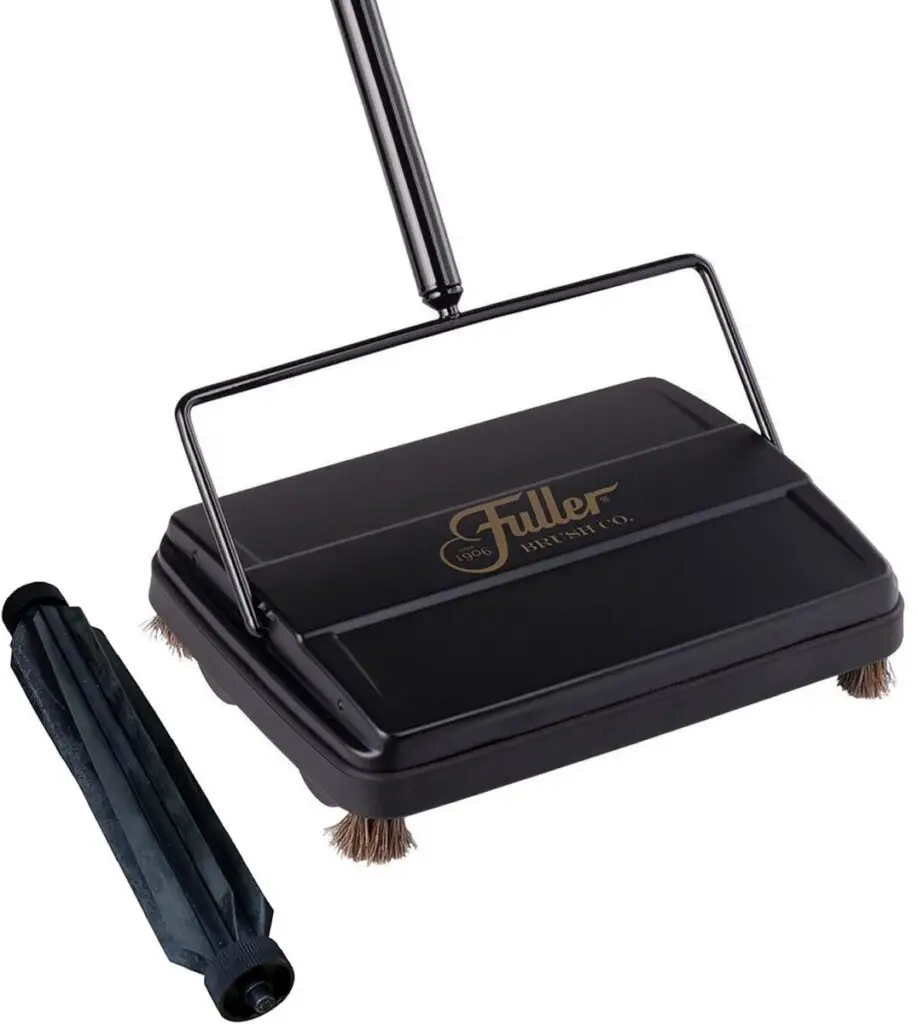
Cleaning: Fuller Carpet Sweeper –. This carpet sweeper is an ideal way to keep your home clean without using up your energy stores on vacuuming.

Handy Knife: Gerber Serrated Paraframe – This handy all-purpose knife is lightweight and ideal for all those little jobs around your home and garden.
